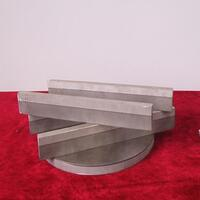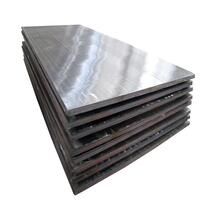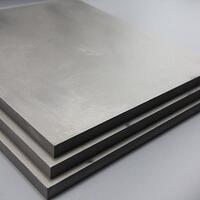1. Introduction
When you hear ‘metal clad,’ your mind might jump to electrical wiring or industrial pipes. But in architecture and construction, ‘metal clad’ takes on a whole new meaning—one that’s shaping skylines from New York to Tokyo.

Metal clad doesn’t just mean wrapping something in metal. In building design, it refers to exterior surfaces made from layered or composite metals engineered for strength, weather resistance, and visual impact. Think sleek steel facades, rust-hued corten steel siding, or shimmering zinc clad roofs that age gracefully over decades.
2. What Does ‘Metal Clad’ Really Mean?
The term ‘clad metal meaning’ or ‘metal clad meaning’ describes a material where one metal is bonded—mechanically or metallurgically—to another. This creates a hybrid with the best properties of both: corrosion resistance from stainless steel, cost efficiency from carbon steel, or aesthetic warmth from copper.
Common examples include aluminum clad steel, stainless clad aluminum, and even titanium clad panels used in aerospace-grade architecture. These aren’t just decorative—they’re functional solutions for extreme environments.
3. Metal Clad in Modern Architecture: Beyond Basic Siding
Forget old-school corrugated sheds. Today’s metal clad building designs push boundaries. Architects specify vertical standing seam metal siding for clean lines, or use a corten steel facade for its self-protecting rust patina that eliminates the need for painting.
High-performance projects often turn to specialty systems like PAC CLAD standing seam roofs or PAC CLAD column covers. These offer precision fabrication, longevity, and seamless integration with curtain walls or glass systems.

- Corten steel siding cost may be higher upfront, but its minimal maintenance offsets long-term expenses.
- Zinc metal siding and zinc clad dormers develop a soft gray patina, ideal for heritage-sensitive urban infill.
- Copper siding ages beautifully, turning from bright orange to deep green—a favorite for luxury metal clad houses.
4. Advanced Clad Metal Composites in Facades
In demanding climates or coastal zones, architects rely on alloy-clad solutions. Aluminum-clad stainless steel combines light weight with salt-air resistance. Stainless clad aluminum offers reflectivity and thermal performance.
For ultra-high-end applications, you’ll find inconel 625 weld overlays or titanium alloy plate used in cladding—materials borrowed from jet engines and chemical plants. These ensure structural integrity under thermal stress or pollution exposure.
Even standing seam facade systems now integrate aluminum diamond tread plate accents or perforated plate screens for sun shading, blending function with form.
5. Practical Applications: From Roofs to Walls

A metal clad roof isn’t just about looks. Systems like colorbond standing seam or PAC CLAD HWP (High Wind Performance) meet strict hurricane codes while offering 50+ year lifespans.
On walls, designers choose between corrugated steel facade panels for industrial chic or smooth steel weatherboard for minimalist homes. Exterior corrugated metal siding remains popular for metal clad sheds and studios due to its affordability and quick installation.
Don’t overlook details: PAC CLAD coping and column covers provide finished edges that prevent water intrusion and enhance visual continuity.
6. Sustainability and Innovation
Many clad metals are fully recyclable. Zinc, copper, and aluminum cladding can be reclaimed at end-of-life, supporting LEED and BREEAM certifications.
New techniques like electroless nickel plating or chromium electroplating enhance corrosion resistance without toxic byproducts. Meanwhile, innovations in metal sheet cutting allow intricate patterns in stainless steel checker plate or diamond plate steel sheets for custom facades.
7. Conclusion
Metal clad has evolved far beyond its industrial roots. In architecture, it’s a symbol of innovation—where clad metals like corten steel plate, aluminum clad sheet, and stainless steel metal plate merge engineering with artistry.
Whether you’re designing a steel clad house, specifying a zinc clad roof, or selecting vertical standing seam metal siding for a downtown tower, understanding the nuances of metal clad types ensures performance, beauty, and resilience for generations.
Our Website founded on October 17, 2012, is a high-tech enterprise committed to the research and development, production, processing, sales and technical services of ceramic relative materials such as What. Our products includes but not limited to Boron Carbide Ceramic Products, Boron Nitride Ceramic Products, Silicon Carbide Ceramic Products, Silicon Nitride Ceramic Products, Zirconium Dioxide Ceramic Products, etc. If you are interested, please feel free to contact us.
